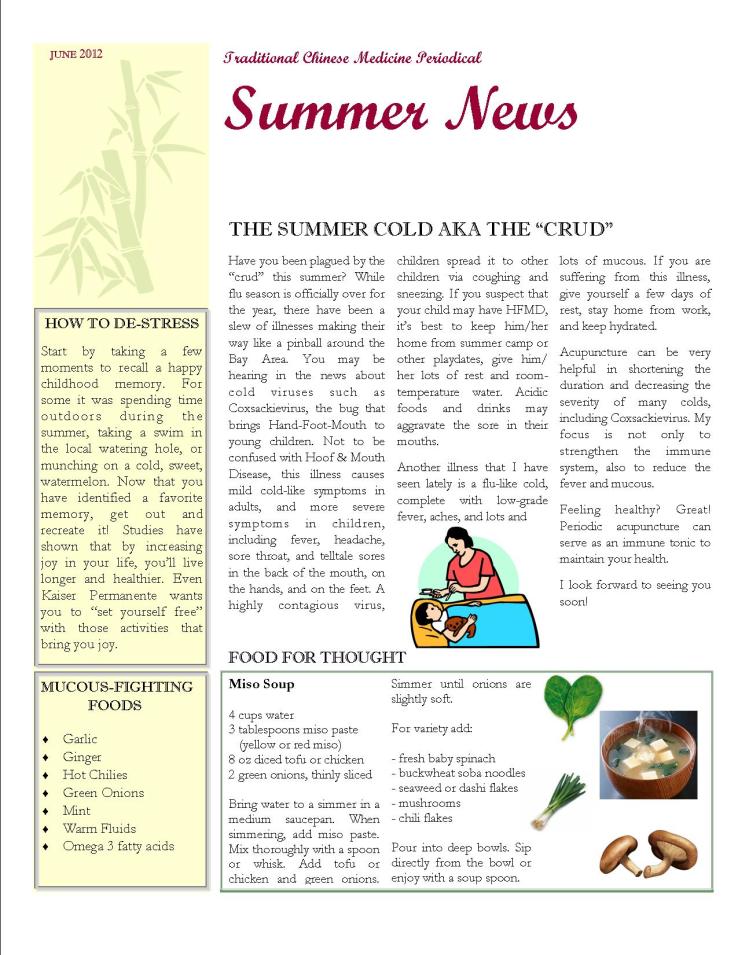Tomorrow is Game 1 of the 2012 World Series–the San Francisco Giants against the Detroit Tigers!
Not everyone reading this post is a baseball fan, but keep reading to see how similar we are to all of the Giants and Tigers players. Professional baseball players have gotten where they are for a variety of reasons: talent, luck, and physical conditioning, among other things. You may think that you have nothing in common with professional athletes, but you do. One of the key elements of their success is their team of health care providers both on and off the field. Without this team of medical professionals, these athletes would not be where they are today.
What does this mean for the rest of us? We all have our own team of professionals. Look around you — who are the ones who keep you going on a daily basis? Who helps you out when you’re hurt or ill? More importantly, who helps keep you going when you are well? Wellness care is equally essential, if not more, than intervention during illness. In fact, in ancient China, doctors were often fired when their patients became ill!
Western medicine is designed to treat illness, and in a lot of ways it excels in its endeavor. However, can you imagine a life with minimal pain or illness? While we all hold different keys to our own health, here are some ways to bring your health back to your consciousness:
1) Sleep. It can be as simple as knowing your natural circadian rhythm. As much as you can, allow yourself to fall asleep naturally, then see what time you wake up, without help from an alarm. You’ll learn a lot about your internal clock, and may not have to fight the pillow as much if you can keep to your natural rhythm.
2) Exercise. This doesn’t necessarily mean you need to work out 5 times per week in a gym. Look at your day-to-day patterns. Are you sitting for 9 hours at work and then another 4 -6 at home? Stand up more, walk the halls, get outside at lunch, and take the breaks that are provided to you.
3) Gather your friends. Maintain your friendships, be active with them, make meals together, enjoy cups of coffee or glasses of wine, and be sure to laugh on a regular basis.
4) Gather your health team. Keep up on your regular dental appointments, get acupuncture monthly even when you feel fine, see a great chiropractor or Pilates instructor to keep up your physical alignment. If money is a concern, stagger your appointments so that you have something every other week. The bottom line is that health is cheaper than illness.
And, for those Giants fans, go team!
